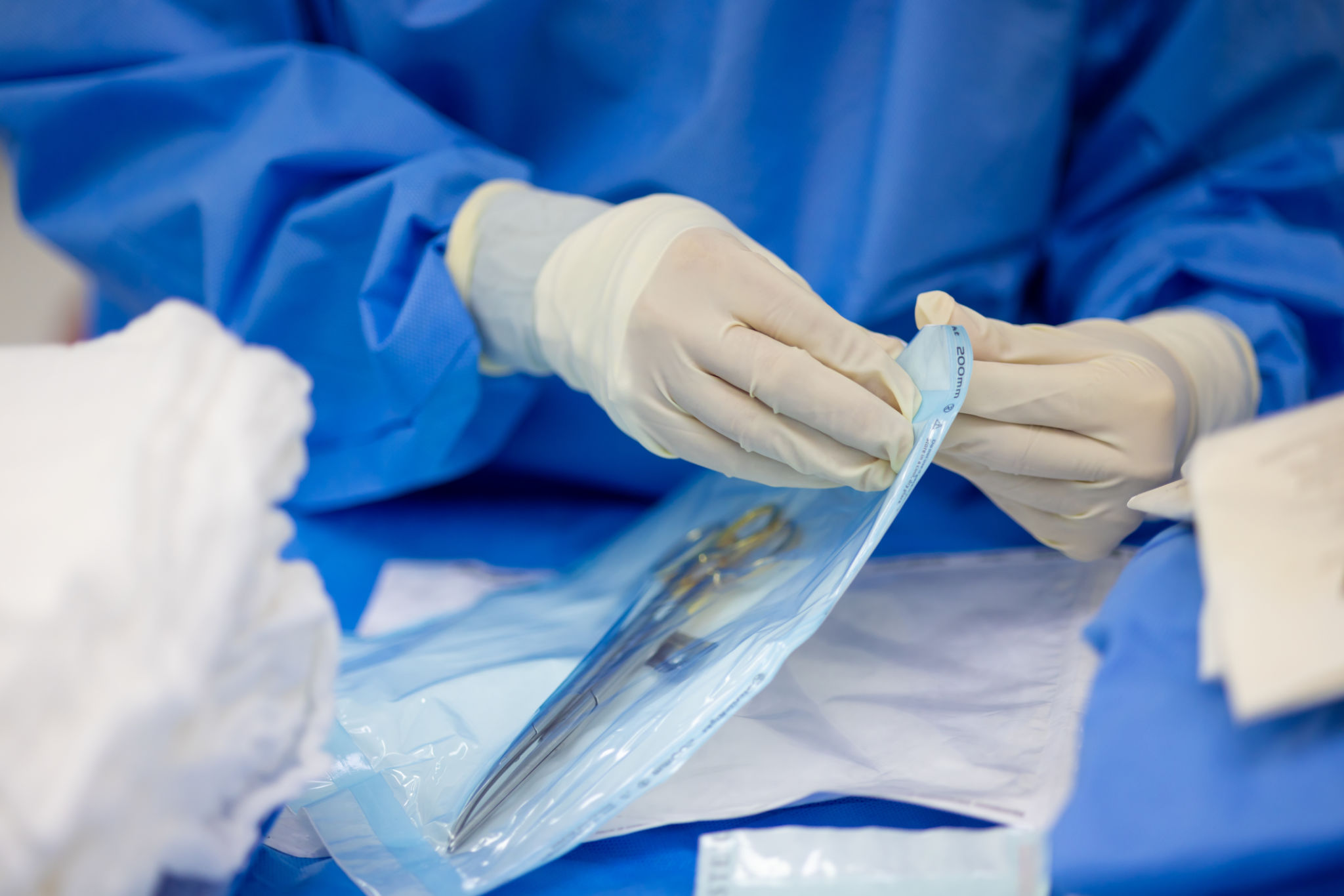Case Study: Successful Equipment Validation for a Jeddah Hospital
Introduction to Equipment Validation
In the healthcare industry, ensuring that medical equipment functions correctly and safely is crucial. Equipment validation is a systematic process that confirms whether the equipment meets predefined standards and regulations. A successful equipment validation project can significantly improve the quality of patient care, reduce risks, and ensure compliance with health standards.
In this case study, we examine the successful equipment validation for a prominent hospital in Jeddah. This project highlights the critical steps and strategies involved in achieving seamless operations and patient safety.

Background and Objectives
The hospital in Jeddah, known for its state-of-the-art facilities and commitment to excellence, embarked on the equipment validation project to ensure its medical devices met both local and international standards. The primary objectives were to enhance operational efficiency, ensure patient safety, and maintain compliance with regulatory requirements.
Key goals included:
- Ensuring all equipment was functioning optimally.
- Reducing downtime caused by equipment malfunction.
- Improving overall patient care quality.
The Validation Process
The validation process was initiated with a comprehensive audit of existing equipment. This audit involved a detailed analysis of each device's performance, maintenance history, and compliance with current regulations. A multidisciplinary team of engineers, healthcare professionals, and quality assurance experts led the project.
Critical steps in the validation process included:
- Risk Assessment: Identifying potential risks associated with each piece of equipment.
- Performance Qualification: Testing equipment under normal operating conditions to ensure consistent output.
- Documentation: Maintaining detailed records of the validation process for future reference and compliance checks.

Challenges and Solutions
One of the significant challenges faced during this project was coordinating between different departments to ensure minimal disruption to hospital operations. To address this, a phased approach was adopted, allowing for the validation process to be conducted during off-peak hours.
Additionally, some equipment required upgrades or replacements to meet current standards. The hospital worked closely with manufacturers to expedite this process, ensuring that all devices were up-to-date and compliant.
Outcomes and Benefits
The successful completion of the equipment validation project resulted in numerous benefits for the hospital. There was a noticeable improvement in operational efficiency and a reduction in equipment-related incidents. This not only enhanced patient safety but also boosted the confidence of healthcare professionals in using these devices.
Moreover, by maintaining thorough documentation and up-to-date records, the hospital ensured ongoing compliance with regulatory standards, making future audits more manageable.

Conclusion
The case study of successful equipment validation at the Jeddah hospital underscores the importance of a structured approach to equipment management in healthcare settings. By prioritizing safety, efficiency, and compliance, healthcare facilities can significantly improve their service quality and patient outcomes.
This project serves as an example for other institutions aiming to enhance their operational capabilities through meticulous equipment validation processes. It highlights the value of collaboration across departments and the need for continuous improvement in healthcare technology management.
